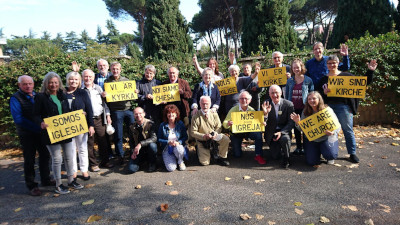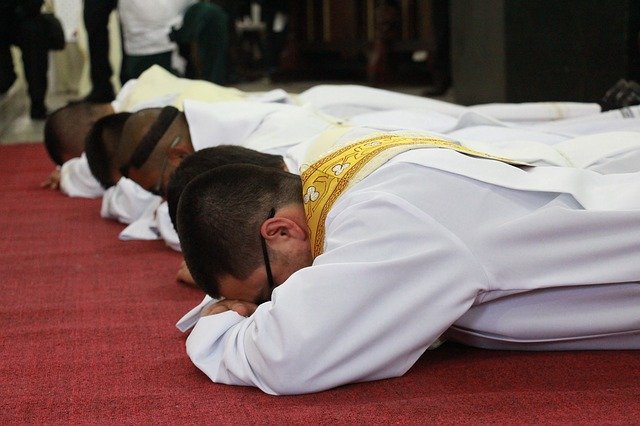WAC International celebrate 25 years in Rome
We Are Church International (WAC) support Pope Francis’ plans for the worldwide Synodal Process and for an inverted pyramid structure, with the pope & bishops serving the people of God.
“What affects all must be decided by all. This old concept of the Church has to be revitalised!” Colm Holmes from Ireland, chair of WAC, said at the jubilee conference of this worldwide Catholic reform group in Rome October 29-31, 2021.
“Maintaining patriarchal autocracy and preserving power and priveliges of clerics would prolong the cause of the criminal sexual and spiritual abuse that has led our church into this deep crisis”, Dr. Martha Heizer said, co-founder of We Are Church Austria in 1995.
The actual crisis shows that the 5 original goals of WAC are relevant for the whole church today and are now on the agenda of synodal meetings world wide:
- Shared Decision Making
- Women in all ministries
- Primacy of Conscience
- Optional celibacy
- Welcome for all
Vigil in Rome
WAC gathered in Piazza Vittorio Emanuele ll on 27 October 2021 protesting that 99.9% of the people of God will have no vote in the 2023 Synod on Synodality – which Synod does not represent the people of God. We are told it is the process that is important, not the voting – but the bishops will no doubt be voting in October 2023? Nevertheless we encourage everyone to send submissions to the Synod on all the many issues of concern.
Future Agenda
WAC as a globally networked, ecumenical Catholic reform movement will in the coming years:
- support communities to BE THE CHURCH we want to see
- seek structures where the people of God can discuss and implement reforms
- work in solidarity for justice, peace and the integrity of creation
#####
Colm Holmes and Martha Heizer
Chair, We Are Church International Vice Chair, We Are Church International
E
M +353 86 606 3636 M +43 650 4168500
W www.we-are-church.org W www.we-are-church.org
We Are Church International (WAC) founded in Rome in 1996, is a global coalition of national church reform groups. It is committed to the renewal of the Roman Catholic Church based on the Second Vatican Council (1962-1965) and the theological spirit developed from it.





